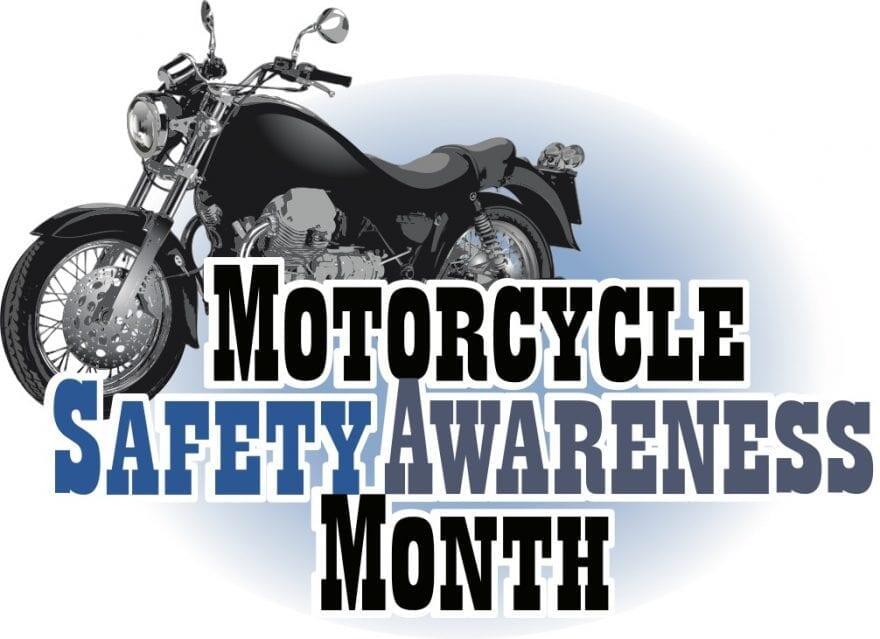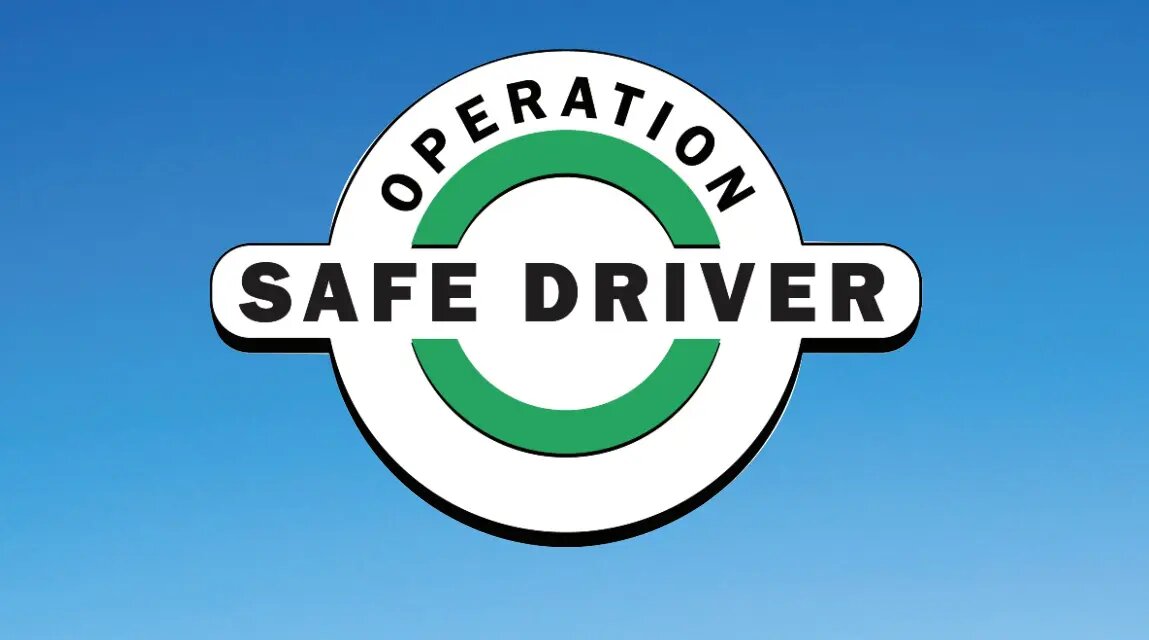Amidst the recent spring storms and flooding, it's crucial for drivers of all kinds to recognize the swiftly changing road conditions that accompany flash floods. Surprisingly, flooding claims more lives annually than any other thunderstorm-related hazard. Why? The primary reason is the tendency for individuals to underestimate the sheer force and power of water. Alarmingly, over half of all flood-related deaths occur with victims inside vehicles, many of whom tragically perish as their vehicles are swept downstream. Despite the preventable nature of many of these incidents, too many people persist in driving around barriers that warn of flooded roads. Even drivers of large commercial motor vehicles can be swept away by the strong force of the water's current. I vividly recall observing a cement mixer caught in a stormwater canal in Los Angeles during a flash flood, being swept down the canal as if it were a toy boat. Stay informed about weather conditions and flooding by visiting the National Weather Service website at: www.weather.gov.
Whether you're driving or walking, if you encounter a flooded road, remember to Turn Around Don't Drown. You won't know the water's depth or the condition of the road beneath it. Here are essential guidelines to follow:
- If flooding occurs, seek higher ground. Avoid areas subject to flooding, including dips, low spots, canyons, and washes.
- Avoid areas already flooded, especially if the water is flowing fast. Never attempt to cross flowing streams.
- Roadbeds may be washed out under floodwaters. Never drive through flooded roadways. If your vehicle is suddenly caught in rising water, leave it immediately and seek higher ground.
- Don't park your vehicle along streams and washes, particularly during threatening conditions.
- Be especially cautious at night when it's harder to recognize flood dangers.
- Avoid low water crossings.
- Use alternate routes to avoid flood-prone areas.
- Leave your vehicle immediately if it stalls in floodwaters.
- Move to higher ground if you can do so safely.
- Most cars and light trucks will begin to float in as little as 1 to 2 feet of water.
Safe Driving Tips for Springtime Weather Conditions
Tornado:
- Do not drive during tornado conditions.
- Never try to out-drive a tornado in a vehicle. Tornadoes can change direction quickly and can lift a car or truck and toss it through the air.
- Get out of your vehicle immediately and seek shelter in a nearby building.
- If there is no time to get indoors, or if there is no nearby shelter, get out of the car and lie in a ditch or a low-lying area away from the vehicle. Overpasses can also serve as places of refuge, however, be aware of the potential for flooding.
Severe Thunderstorms and Lightning:
- Tune in to your radio to stay informed of approaching storms.
- If you see a tornado or hear a tornado warning, don’t try to outrun it.
- Turn on your headlights (low beams) and slow down.
- Allow extra distance for braking.
- Do not drive unless necessary.
- Pull safely onto the shoulder of the road away from any trees that could fall on the vehicle.
- Stay in the car and turn on the emergency flashers until the heavy rains subside.
- An automobile provides better insulation against lightning than being in the open.
- Avoid contact with any metal conducting surfaces either inside your car or outside.
- Avoid flooded roadways and downed power lines.
- Check your windshield wipers and tires regularly to ensure they are ready for severe weather.
- Approach intersections with caution.
- Treat traffic lights at intersections as stop signs.
May is Motorcycle Safety Awareness Month
This month focuses on promoting awareness and safety for motorcyclists. It's a crucial reminder to all motorists that they share the road with motorcycles.
Here's why it's important:
- Visibility is Key: Many motorcycle crashes involve another vehicle simply not seeing the motorcycle.
- Different Needs, Same Road: Motorcyclists and car drivers navigate situations differently. What might be a minor bump for a car could be dangerous for a motorcycle.
By sharing the road and staying alert, we can all keep motorcyclists safe this season.
CVSA Schedules Operation Safe Driver Week for July 7-13
The Commercial Vehicle Safety Alliance has set the dates for Operation Safe Driver Week from July 7-13, 2024. According to CVSA, this program is a safe-driving awareness and outreach initiative designed to enhance the driving behaviors of both passenger vehicle drivers and commercial motor vehicle drivers through educational efforts, traffic enforcement strategies, and interactions with law enforcement. This year, Roadcheck will prioritize two focus areas: tractor protection systems and alcohol and controlled substance possession.
CVSA’s International Roadcheck Is Scheduled for May 14-16
CVSA's International Roadcheck, slated for May 14-16, is a prominent commercial motor vehicle inspection and regulatory compliance enforcement initiative. Taking place over three days across Canada, Mexico, and the United States, it involves rigorous inspections by CVSA-certified law enforcement personnel at weigh/inspection stations, temporary sites, and through mobile patrols to ensure adherence to federal, state, provincial, or territorial regulations. The collected data from the 72-hour period will be analyzed, with results expected to be released this summer. Each year, International Roadcheck focuses on specific violation categories, with this year's emphasis on tractor protection systems and alcohol and controlled substance possession. The rising number of prohibited drivers listed in the U.S. Drug and Alcohol Clearinghouse (DACH) underscores the ongoing concern surrounding controlled substances and alcohol possession/use, posing risks to all motorists. Inspectors will conduct thorough North American Standard Level I Inspections, comprising a meticulous 37-step examination of vehicle components and driver documentation and requirements over the three-day event. For further details on Roadcheck 2024, visit https://www.cvsa.org/news/2024-international-roadcheck/.










